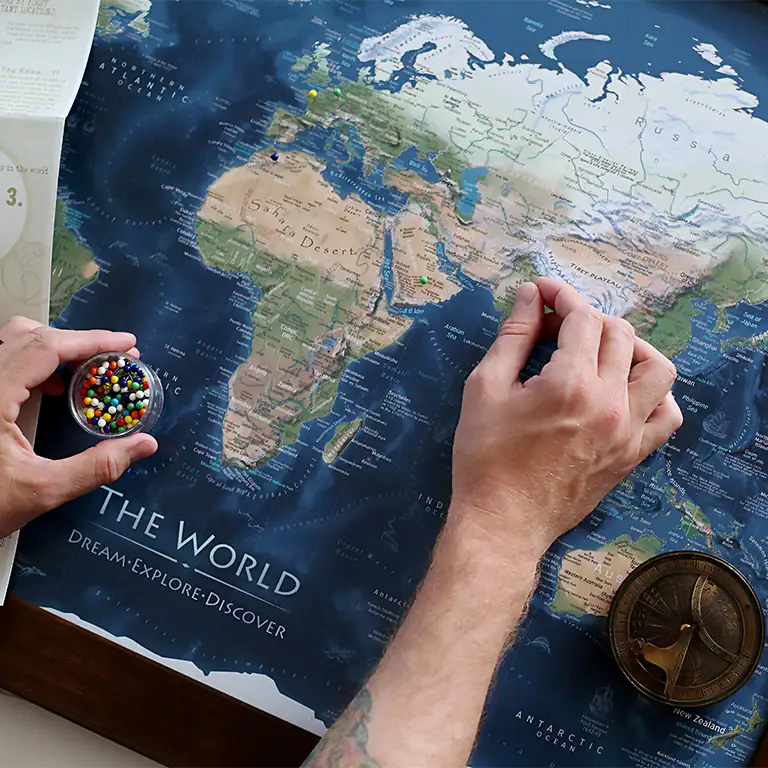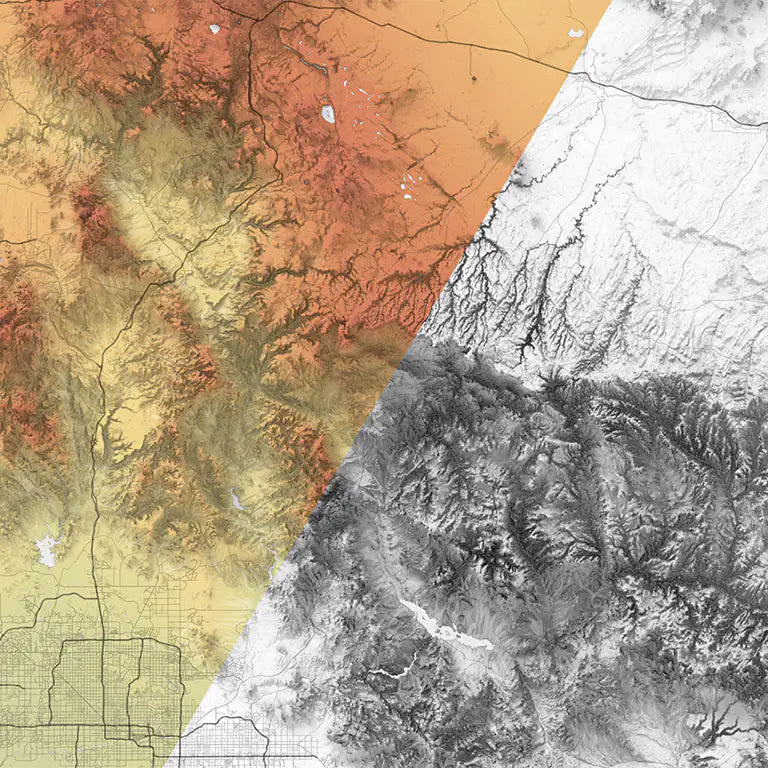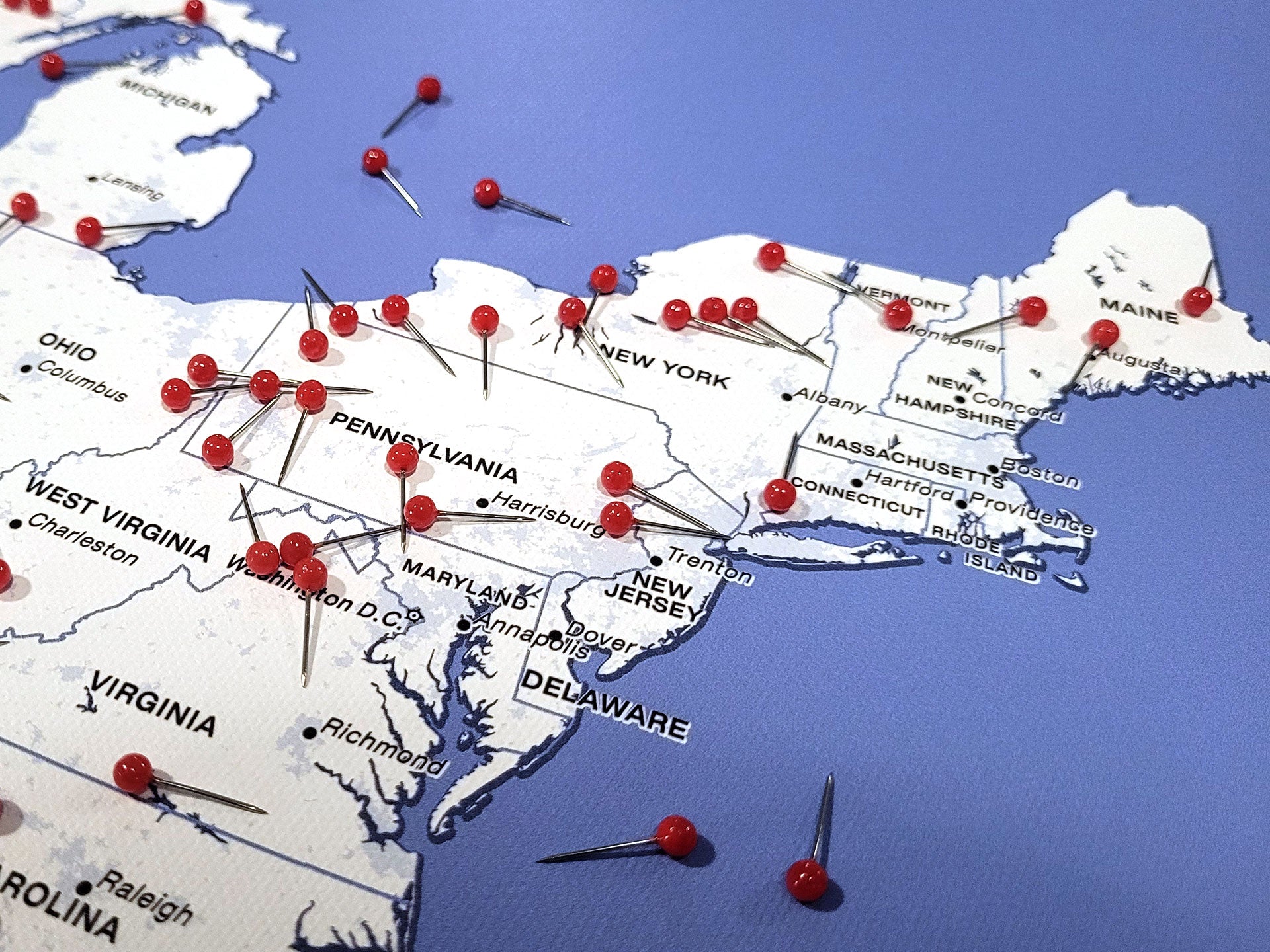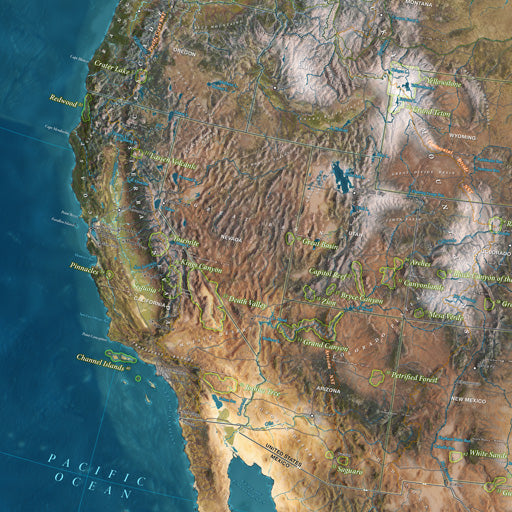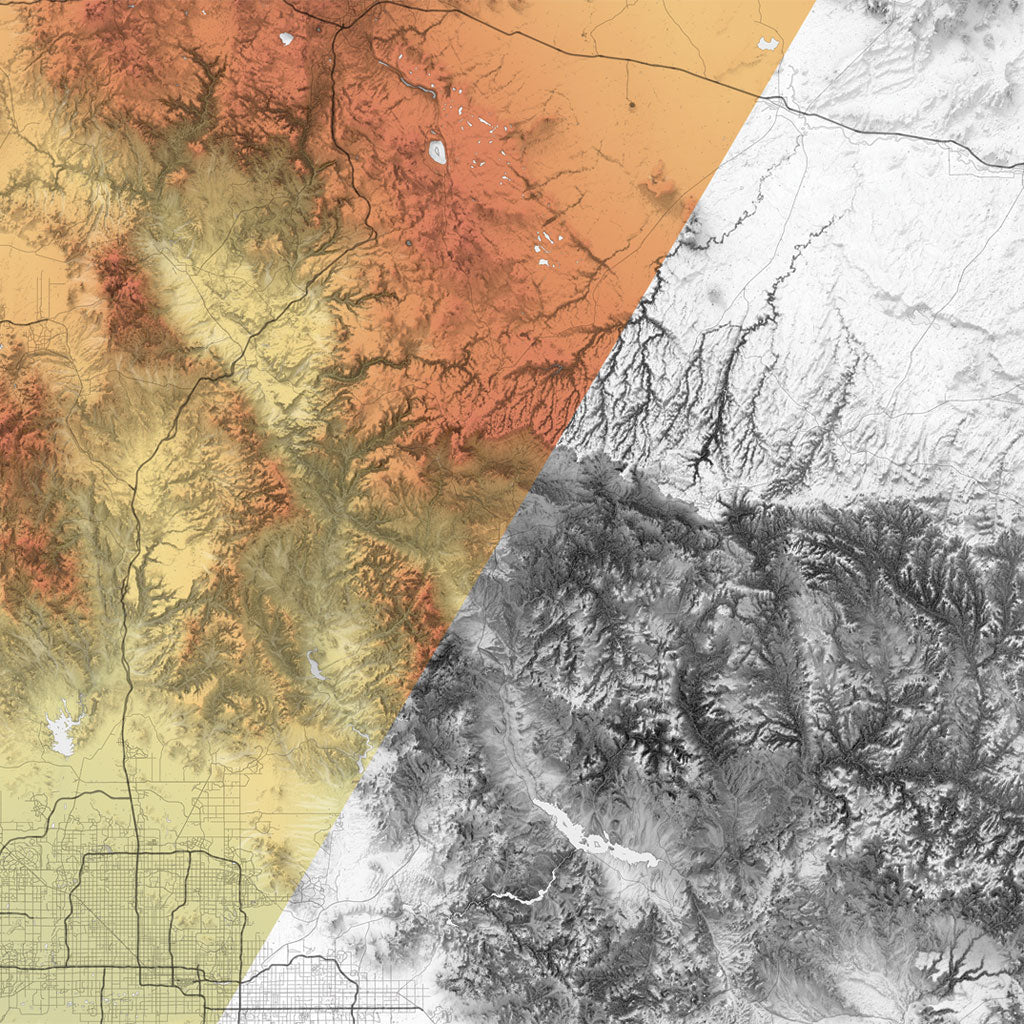This is the third and final part in a multi-part blog series about my hike along the Pacific Crest Trail, a 2,650 mile hike through California, Oregon and Washington from Mexico to Canada. In this final blog post I will focus on the last 1,500 miles of the trail, which are mostly in the Cascade Mountain Range.
After leaving the high sierra mountains, the trail returns to a lower elevation and massive mountains give way to seas of trees. The trail gets a lot flatter, and 30+ mile days become much easier. However, there is also a lot less scenic variety and many hikers get bored and quit the trail in this section.




